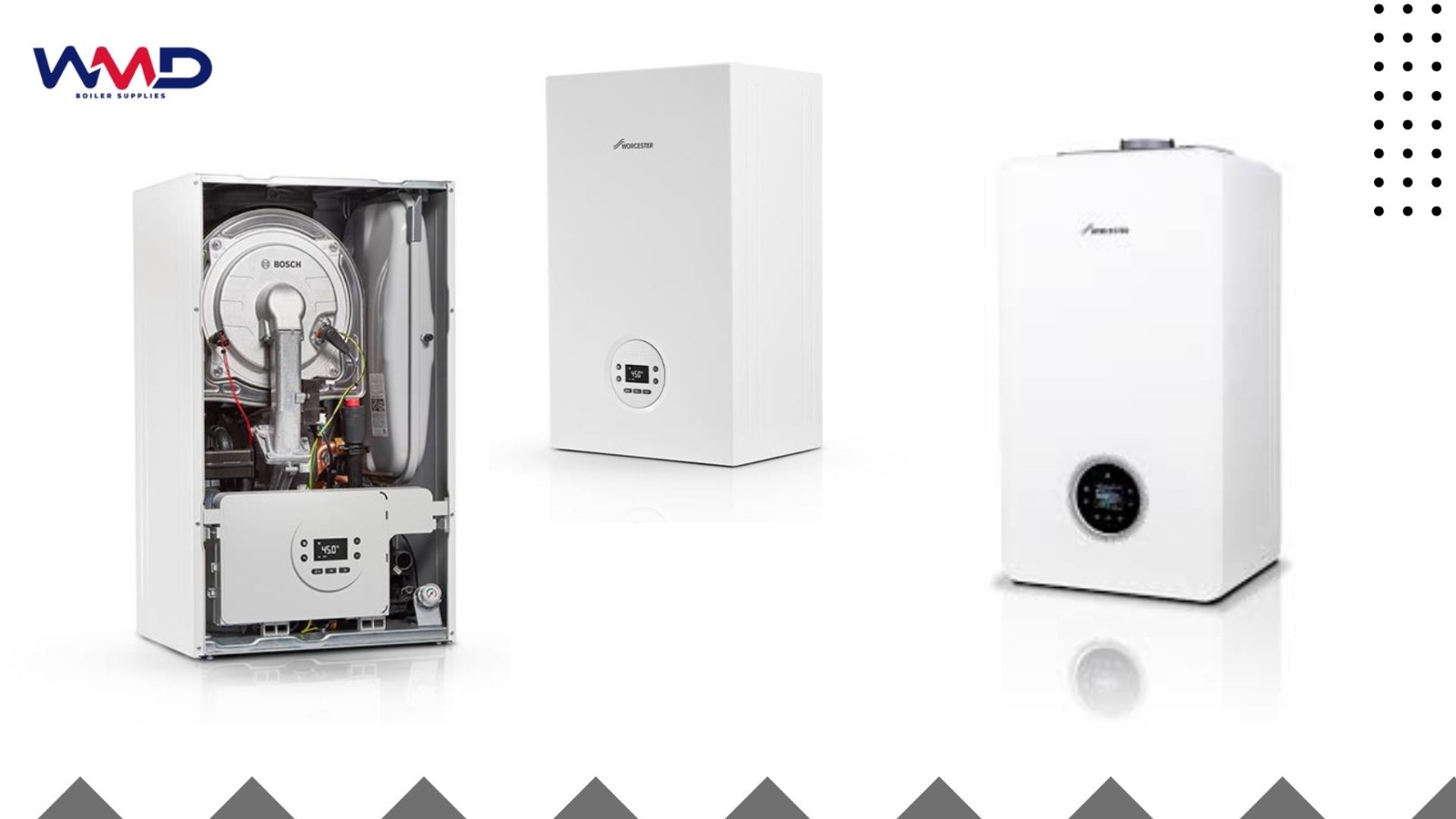Introduction to Air to Air Heat Pumps
Air to air heat pumps are a revolutionary advancement in heating and cooling technology, offering an efficient and eco-friendly alternative to traditional systems such as boilers and electric heaters. These systems operate by extracting heat from the air outside and transferring it indoors to maintain a comfortable living environment. In warmer months, they can also reverse the process, acting as an air conditioner. Their dual functionality and energy efficiency have made them a popular choice in both residential and commercial settings. As the world shifts towards more sustainable energy solutions, air to air heat pumps are gaining prominence as an essential component of modern heating and cooling systems.
How Air to Air Heat Pumps Work
The operation of air to air heat pumps is based on a simple yet effective principle of heat transfer. The system consists of an outdoor unit and one or more indoor units. The outdoor unit captures heat from the ambient air, even in cold temperatures, and transfers it via a refrigerant to the indoor units. This process involves compressing and expanding the refrigerant to efficiently move heat from one location to another. Unlike conventional heating systems that generate heat by burning fuel, air to air heat pumps move heat, which makes them highly energy-efficient. This efficiency is particularly evident in moderate climates, where the system can deliver more heat energy than the electrical energy it consumes.
Advantages of Air to Air Heat Pumps
Air to air heat pumps offer a myriad of advantages over traditional heating systems. One of their most significant benefits is energy efficiency. By leveraging ambient heat from the air, these systems can achieve efficiency rates far beyond those of gas or electric heaters. This translates into substantial cost savings for homeowners and businesses. Additionally, they contribute to environmental sustainability by reducing reliance on fossil fuels and minimizing greenhouse gas emissions. Air to air heat pumps also improve indoor air quality by circulating fresh air and filtering out dust, allergens, and pollutants. Their ability to provide both heating and cooling makes them a versatile solution for year-round climate control, further enhancing their appeal.
Types of Air to Air Heat Pumps
There are several types of air to air heat pumps, each designed to cater to different needs and preferences. Split systems are among the most common, featuring one outdoor unit connected to a single indoor unit. Multi-split systems, on the other hand, allow multiple indoor units to be connected to a single outdoor unit, providing flexibility for heating or cooling multiple rooms. Ducted systems distribute conditioned air through a network of ducts, making them suitable for larger spaces or buildings. Ductless systems, often called mini-splits, are ideal for homes without existing ductwork, offering an easy and cost-effective installation option. The choice between these systems depends on factors such as building size, layout, and specific heating or cooling requirements.
Key Components of an Air to Air Heat Pump System
An air to air heat pump system is composed of several key components that work together seamlessly to provide efficient heating and cooling. The outdoor unit contains the compressor, condenser, and fan, which are responsible for capturing and transferring heat. The indoor unit, which includes an evaporator coil and blower, distributes the conditioned air throughout the space. The refrigerant acts as the medium for heat transfer, circulating between the indoor and outdoor units. Additional components, such as thermostats and control systems, enable precise temperature regulation and scheduling. These components are designed to work in harmony, ensuring optimal performance and energy efficiency.
Installation Process
The installation of an air to air heat pump requires careful planning and professional expertise. The process begins with a site evaluation to determine the most suitable location for the outdoor unit and the optimal placement of indoor units. Proper placement is crucial for maximizing efficiency and minimizing noise. Once the locations are finalized, the units are installed, and the refrigerant lines and electrical connections are secured. Testing is conducted to ensure the system operates correctly and meets performance standards. Professional installation is recommended to avoid common challenges such as refrigerant leaks or improper sizing, which can compromise the system’s efficiency and longevity.
Maintenance and Longevity
Routine maintenance is essential for keeping air to air heat pumps in optimal condition and extending their lifespan. Regular tasks include cleaning or replacing air filters, inspecting refrigerant levels, and checking for any signs of wear or damage to the components. Periodic professional servicing is also recommended to ensure the system operates efficiently and to address potential issues before they escalate. Proper maintenance can significantly enhance the system’s durability, with well-maintained units often lasting 15 to 20 years or more. By adhering to a consistent maintenance schedule, homeowners can enjoy reliable and cost-effective performance from their heat pump for many years.
Cost Analysis
The cost of installing and operating an air to air heat pump varies depending on factors such as system type, size, and location. While the initial investment may be higher compared to traditional heating systems, the long-term savings often justify the expense. Air to air heat pumps are highly efficient, consuming less energy to produce the same amount of heat as conventional systems. This results in lower utility bills over time. Additionally, many governments and organizations offer incentives and rebates to offset installation costs, making these systems more accessible. When considering the overall cost, it is important to account for the long-term benefits, including reduced energy bills and environmental impact.
Air to Air Heat Pumps vs. Other Heating Systems
When compared to traditional heating systems such as boilers and electric heaters, air to air heat pumps stand out for their efficiency and versatility. Unlike boilers, which rely on burning fuel to generate heat, heat pumps transfer existing heat, resulting in significantly lower energy consumption. Electric heaters, while effective for small spaces, are often less efficient and more expensive to operate in the long term. Air to air heat pumps also have the advantage of providing cooling, making them a year-round solution. Additionally, they are better suited for integration with renewable energy sources, further enhancing their appeal in an era of growing environmental awareness.
Ideal Applications and Uses
Air to air heat pumps are highly versatile and can be used in a wide range of applications. In residential settings, they provide efficient heating and cooling for single-family homes, apartments, and townhouses. Their ability to maintain consistent temperatures makes them ideal for creating a comfortable living environment. In commercial spaces, air to air heat pumps are used to regulate temperatures in offices, retail stores, and restaurants. They are particularly effective in regions with moderate climates, where they can operate efficiently year-round. By offering a flexible and efficient solution, air to air heat pumps meet the diverse needs of modern living and working environments.
Environmental Impact
Air to air heat pumps are a cornerstone of sustainable heating and cooling, offering significant environmental benefits. By utilizing ambient heat from the air, they reduce the need for fossil fuels, thereby lowering greenhouse gas emissions. When paired with renewable energy sources such as solar or wind power, their environmental impact is further minimized. Additionally, advancements in refrigerant technology have made modern heat pumps more eco-friendly, with lower global warming potential. The adoption of air to air heat pumps contributes to a greener future by promoting energy efficiency and reducing the carbon footprint of buildings.
Common Myths and Misconceptions
Despite their many advantages, air to air heat pumps are often misunderstood, with several myths and misconceptions surrounding their performance and cost. One common myth is that they are ineffective in cold climates. While older models struggled in freezing temperatures, modern heat pumps are designed to operate efficiently even in extreme cold. Another misconception is that installation is prohibitively expensive. While the upfront cost may be higher than traditional systems, the long-term savings in energy bills and maintenance often outweigh the initial investment. Addressing these myths is crucial for increasing awareness and encouraging the adoption of air to air heat pumps.
Incentives and Rebates
Governments and organizations around the world are recognizing the benefits of air to air heat pumps and offering various incentives to promote their adoption. These incentives include tax credits, rebates, and grants, which can significantly reduce the upfront cost of installation. Homeowners and businesses are encouraged to explore local programs and take advantage of these opportunities to make the transition to energy-efficient heating and cooling more affordable. By providing financial support, these initiatives aim to accelerate the shift towards sustainable energy solutions and contribute to global efforts to combat climate change.
FAQs About Air to Air Heat Pumps
Air to air heat pumps are a popular choice for their efficiency and versatility, but prospective users often have questions about their functionality and maintenance. One common question is about installation costs, which typically range from $3,000 to $7,000 depending on the system size and complexity. Another frequently asked question is whether heat pumps can operate in extremely cold climates. Modern systems are equipped to handle temperatures as low as -20°C, ensuring reliable performance in a variety of conditions. Maintenance requirements are another concern, with routine tasks such as filter cleaning and periodic professional servicing being necessary to keep the system running efficiently.
Conclusion
Air to air heat pumps represent a transformative approach to heating and cooling, offering unparalleled efficiency, environmental benefits, and versatility. As a sustainable alternative to traditional heating systems, they align with the growing demand for eco-friendly solutions. By investing in an air to air heat pump, homeowners and businesses can enjoy reduced energy costs, improved indoor air quality, and a lower carbon footprint. With advancements in technology and increased availability of incentives, there has never been a better time to adopt this innovative system. Embracing air to air heat pumps is not just a smart choice for today—it is an investment in a sustainable future. https://technonetwork.co.in/ https://technonetwork.co.in/



